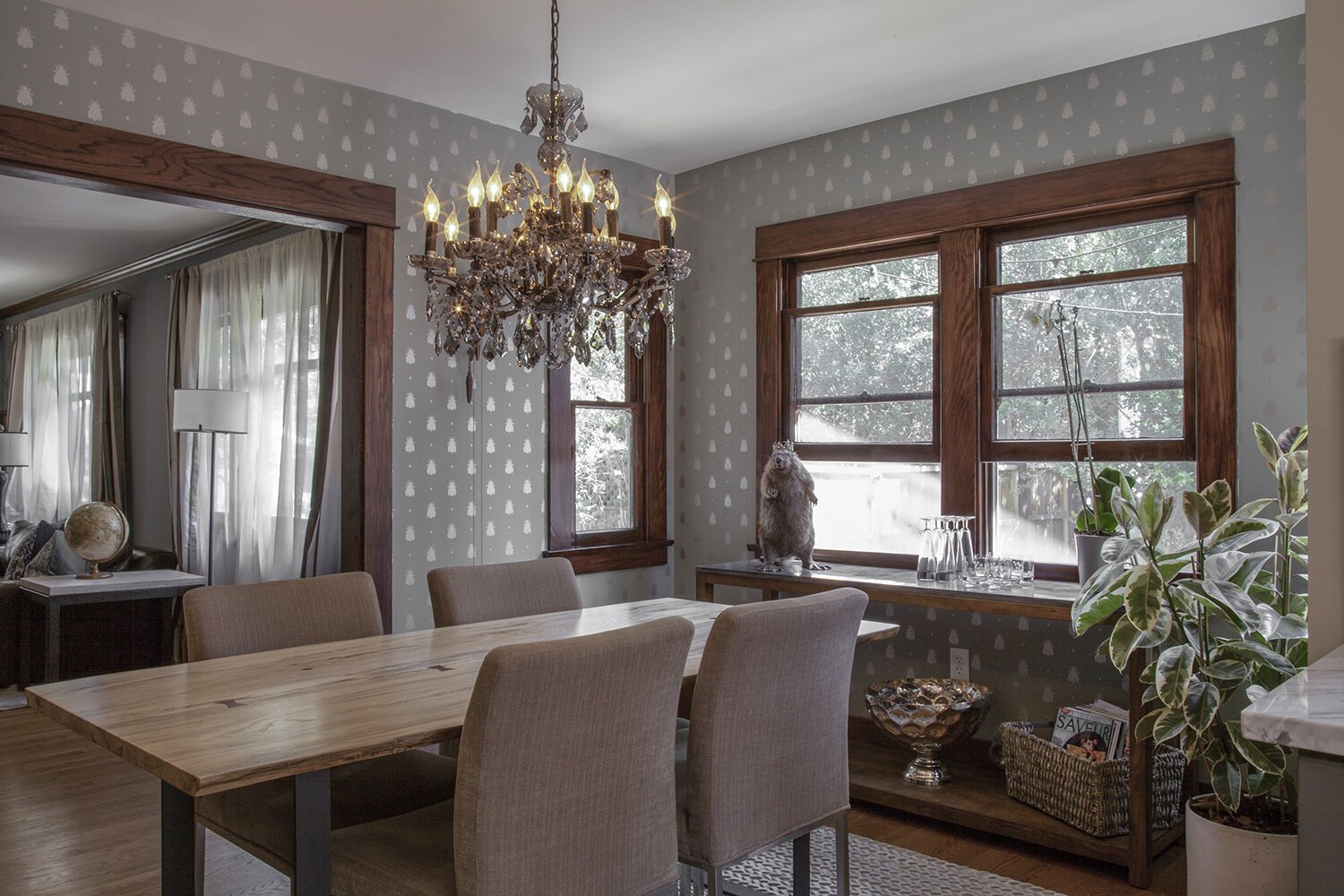What is Historic Architecture?
Historic architecture refers to the design of buildings that have been constructed in the past. They are considered significant to their time period, their culture or their community. With their unique character and aesthetic appeal, the appreciation of historic buildings increases over time. Because of this, people and organizations often choose to restore or preserve historic buildings. Whether you want to preserve the cultural heritage, or supplement more character into these spaces, a lot goes into working with historical buildings. Some properties are located in designated historic overlay zones, which means that all properties in that area are considered historic or contributing in character and are subject to additional design and planning requirements aimed at preserving the unique quality and design features of the neighborhood. Some buildings are not in a designated historic zone, but the character and history of the building is important to the owner and so its preservation and renovation is prioritized. Some buildings can qualify for property tax discounts under the mills act if the owner commits to specific historic restoration work.
One of the most critical aspects of working with historical architecture is understanding the important features of the architectural style and maintaining the building's original character while updating it to modern standards. It is important to work with an architect who can help strike the right balance between preserving historical integrity, and incorporating modern designs that fit the needs of the current occupants. A thorough understanding of the building's history and its unique design elements, materials, and construction techniques helps to ensure that the restoration or renovation process preserves the building's original design and cultural significance. By marrying historical and contemporary elements, architects can create a fresh and modern feel while keeping the charm of the original building.
Historic buildings often have a story to tell and can provide insights into the social, political, and economic conditions of the time in which they were built. Having this tangible link to our past helps us understand our cultural and architectural heritage. By preserving historical architecture, we can ensure that future generations have access to these important cultural and historical resources.
For an example of historic architecture, check out our Belmont Heights Project! In this renovation we kept the historic detail of the house while updating it to fit the more indoor/outdoor lifestyle of the residents.

